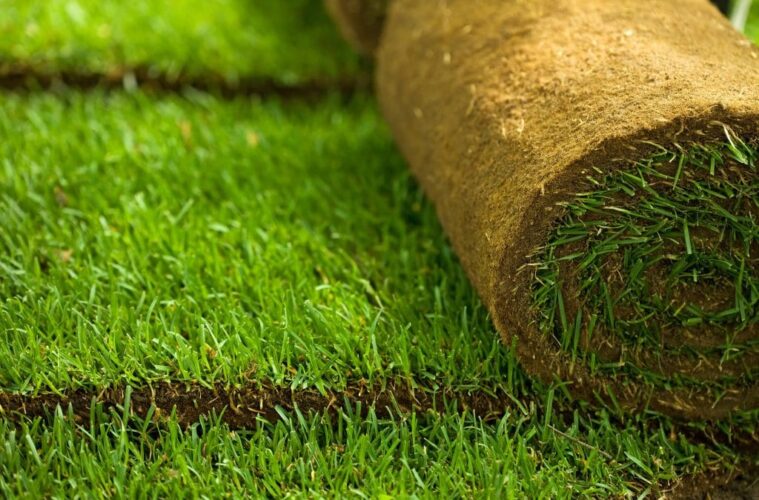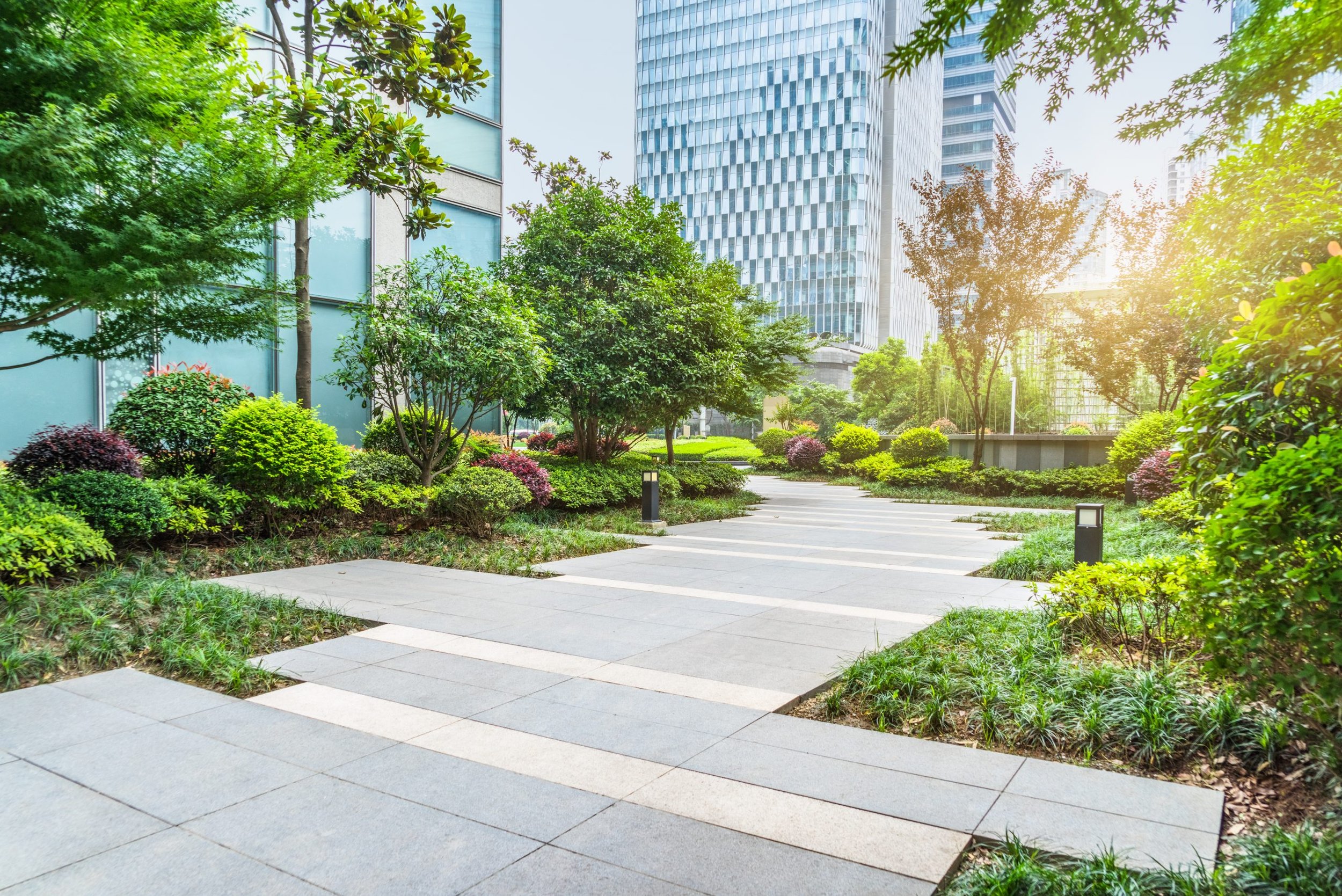If you’re working on revitalizing your lawn (or even just restoring a bare patch), you’ve probably asked yourself the question: sod or seed? Bermuda grass is a popular option because of its hardiness and aesthetic appeal. It’s easier to grow than some grasses, but still requires a ton of care. When comparing sod vs seed, Bermuda grass sod is as close as you’ll get to foolproof – provided you buy it from a reputable company like The Grass Store. The Grass Store sells Tituf, Celebration and Tifway 419 Bermudas which are superior Bermuda sod. Unfortunately there are no seeds available for these 3 varieties, so sod is your only option.
If your looking for seed, Common Bermuda and Princess Bermuda are the best options. However, these grasses won’t produce the lush, thick grass that sod will. Further, seed is much harder to germinate because it’s so difficult to keep moist. Some people will hire hydroseeding companies to spray their Bermuda seed. The idea is the mulch slurry mixture along with fertilizer and growth agents will keep the seed moist long enough to germinate. The downside to hydroseeding is it can wash off with heavy rain or still dry out and not allow the seed to germinate. We find seeding and hydroseeding have very poor results. When it comes to sod vs seed, seed will never produce the high quality yard that sod will. Sod is easier to care for after installation, and look great immediately.
Costs for Bermuda Sod
To cover a 1,000-square-foot area of land with Bermuda grass sod would cost around $500. This would include tilling, fertilization, and matching up the sod with the borders of whatever grass is already established.
Growing Bermuda grass from sod
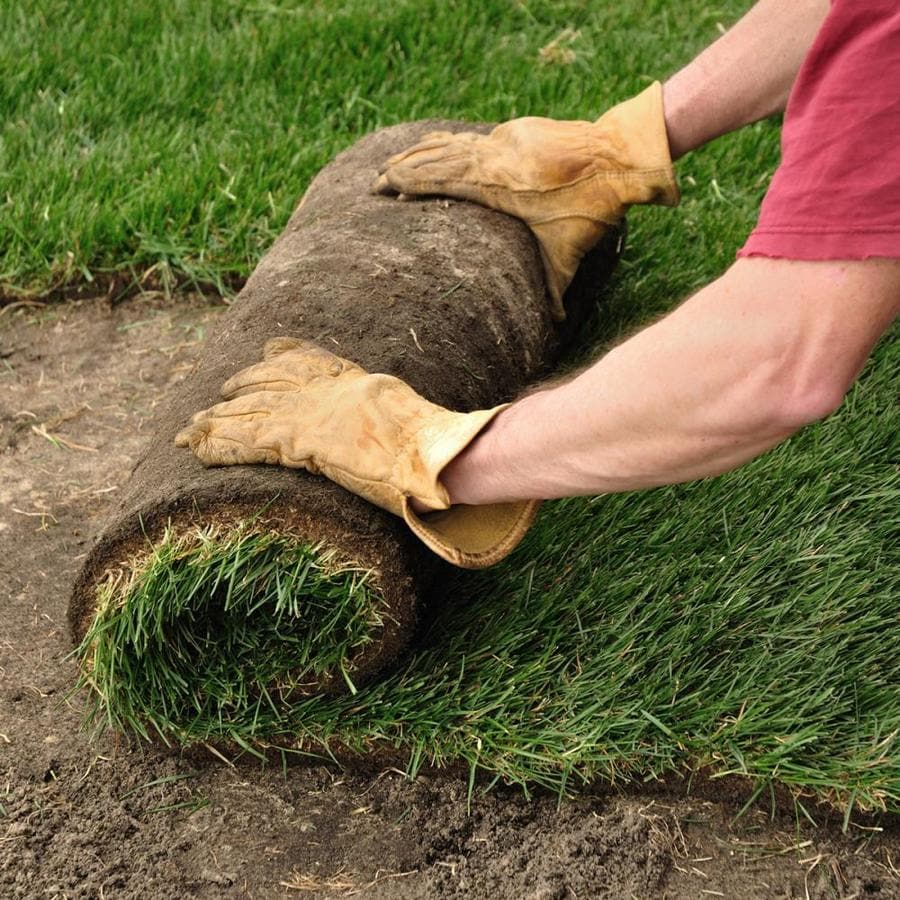
source: pinterest.com
Bermuda grass sod is available as both squares and rolls, and can be instantly transplanted onto any area that’s been properly prepared. For example, you couldn’t lay down a bunch of sod on a sun-baked, bare athletic field, and expect the grass to take root on its own. The soil should be tilled, and of course the grass will need to be watered regularly. However, the results will come much faster compared to growing from seeds, and the aftercare will be much less intensive.
For larger areas, it’s recommended to use rolls of Bermuda grass sod. This will require a Bobcat or a tractor, plus a special implement that can install the rolls evenly. For more manageable areas, squares of sod will get the job done.
Another advantage of sod is that it can be installed pretty much year-round, as long as the growing conditions aren’t too extreme. For example, you shouldn’t expect great results if you transplant your lawn with Bermuda sod while the soil is frozen solid. If you avoid extreme conditions and keep up with aftercare, though, your Bermuda sod grass should do just fine. Within about three weeks, it should be ready for mowing just like any other grass.
Growing Bermuda grass from seed
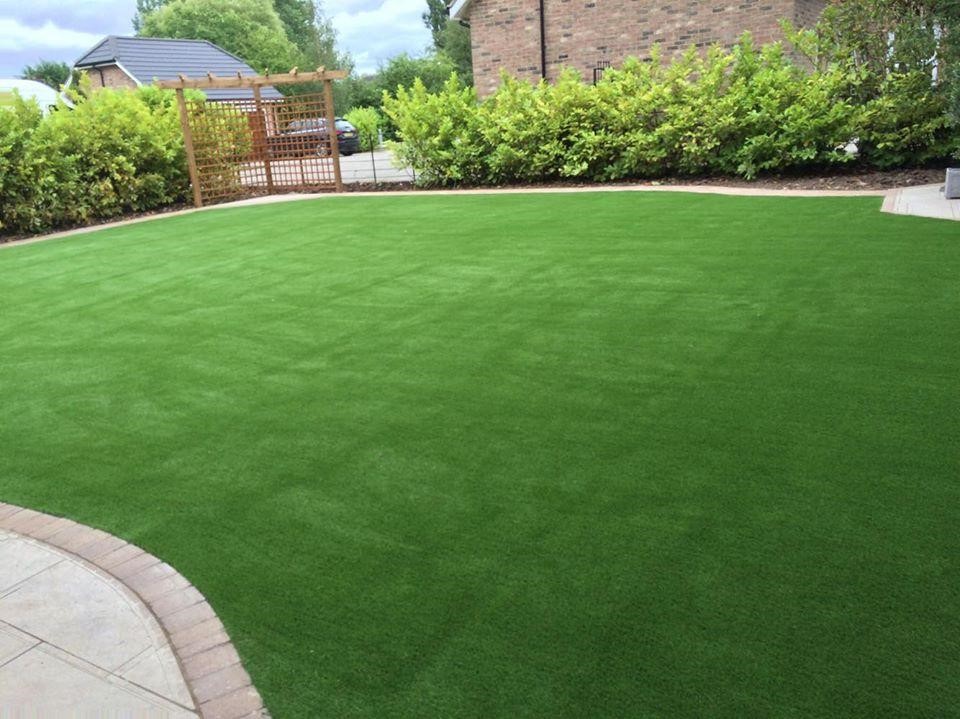
source: pinterest.com
Bermuda is a warm season grass, so if you’re planting it from seed that should be done in the late spring or summer. This is one reason why people love Bermuda for its hardiness: it can germinate in the middle of summer, and be able to handle the heat even as young sprouts.
If you want to determine the proper time to plant Bermuda seeds, take the high temperatures of the last day and night, and add them together. If the total is right around 150, then it’s a great time to plant those seeds.
Another method is to avoid planting in months that contain an “r”. This leaves May, June, July, and August. While these months are generally considered the best time to plant Bermuda grass seeds, there’s quite a lot of regional variation in temperatures. For best results, it’s recommended to plant when the right temperatures arrive, not just the right month.
Before sowing the seeds, the soil needs to be tilled first. Then the seeds can be dispersed, either using a broadcast seeder or by hand. If you know the right density and technique, you can do this yourself (especially for smaller areas). If you’re unfamiliar with the process, though, you’d get much better results by hiring a professional to do the job for you. After the seeds are broadcast, it’s important to spread some kind of thin mulch (like loose straw) to help the soil retain moisture.
For areas where erosion is common, this technique may not work that effectively. Fortunately, another technique – called “hydroseeding” – has been shown to provide good results in places that are subject to erosion. The seeds are mixed with mulch and water to form a slurry, and then sprayed onto the soil. This helps the soil hold moisture better, and is also more efficient than a broadcast seeder.
Given the right growing conditions, Bermuda grass that’s grown from seed will be ready to walk on, mow, etc. after five to six weeks.
Caring for newly transplanted Bermuda grass sod vs. seeds
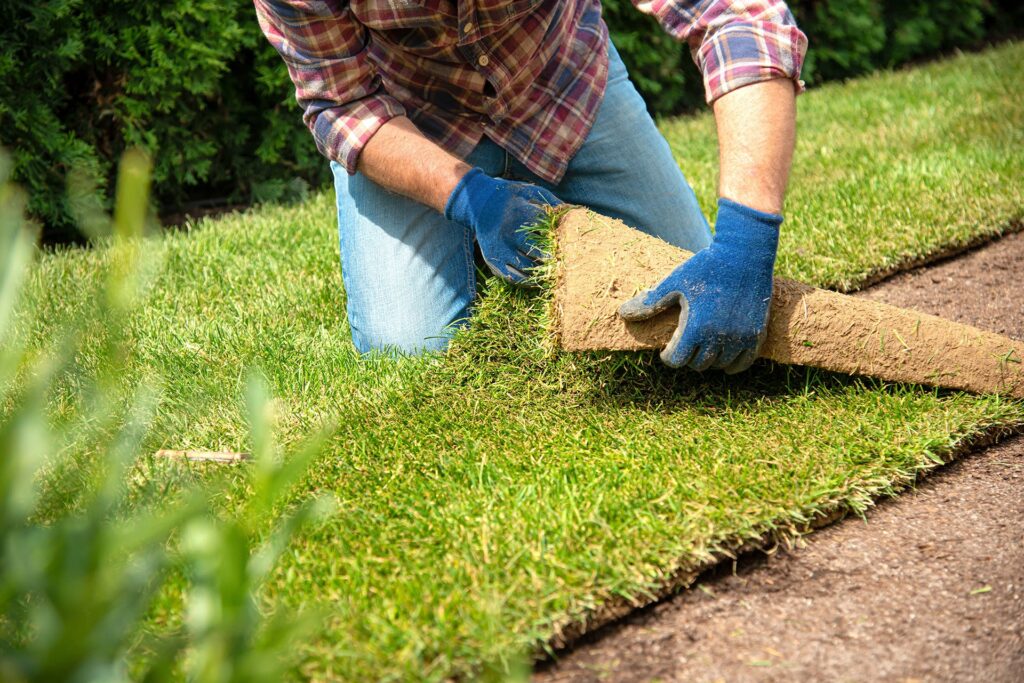
source: pinterest.com
Newly transplanted sod should be watered once daily for about 15 minutes; it will take at least a couple of weeks to start rooting. In the meantime, it shouldn’t be mowed, and preferably not walked on either. Once it’s rooted, it can be put on a normal watering schedule (three or four times a week).
Bermuda seeds take a lot more time and effort to successfully sprout. From the time the seeds are dispersed to the time they germinate, the lawn will need to be watered twice daily for eight to 10 minutes. After germination, it can be watered every other day for 10 to 15 minutes.
There could be one issue with this, though – what if the area that’s seeded with Bermuda encompasses multiple acres? In that case, an irrigation system is practically a necessity if you don’t want to spend your entire day standing around with a hose.
The takeaway
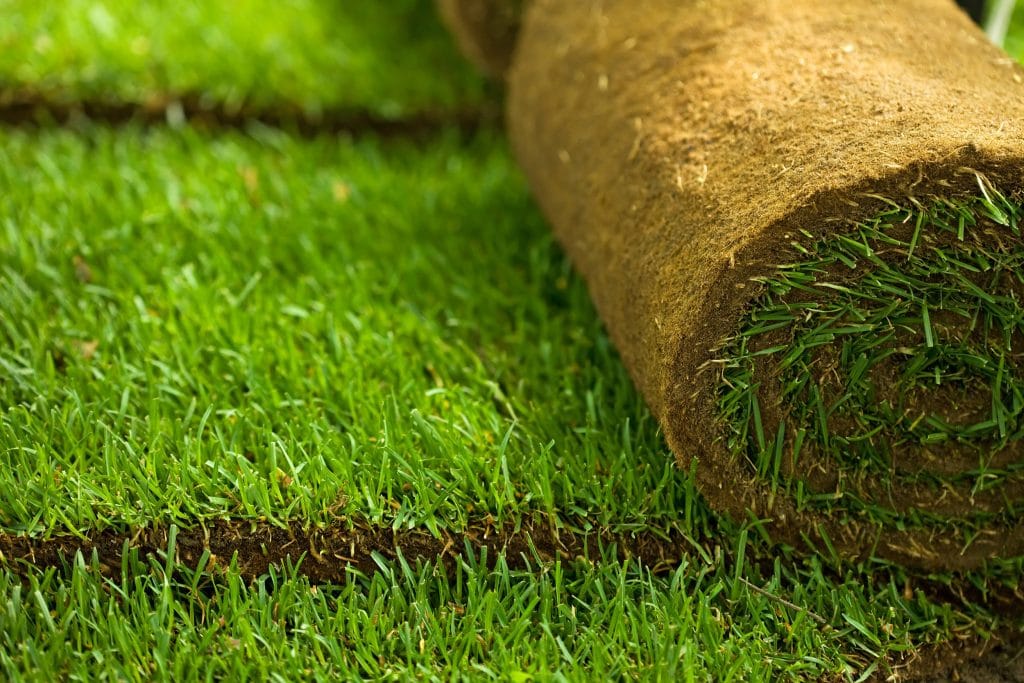
source: pinterest.com
There are pros and cons to each option, but at the end of the day, Bermuda grass sod is generally the more popular one. It provides faster results, and it’s simply a safer bet than seeds in most cases. For most people, the convenience factor is worth a few extra bucks. If you aren’t sure which choice is the right one for you, it wouldn’t be a bad idea to talk things over with a professional; they’ll be able to give you personalized insights that should help answer your questions on what is available to grow in your area depending on the location and climate.

